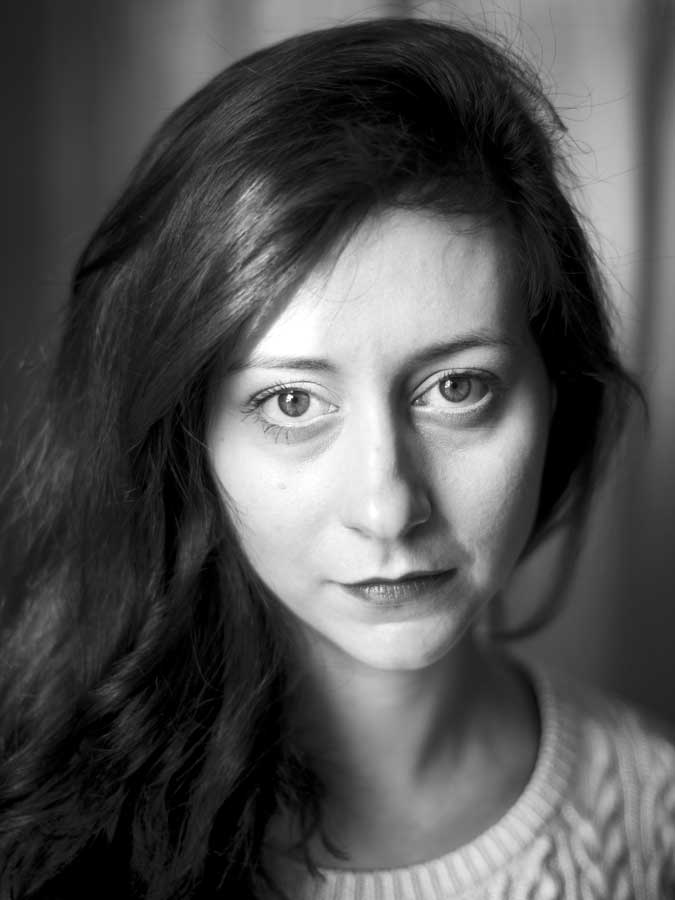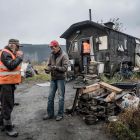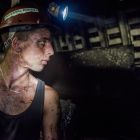Kasia Strek
The last black Faces of Poland
Some of these people have spent decades digging holes in the Silesian subsoil. Blasts of firedamp, earth tremors, demoniac machines and black smoke pervading the confined space, walls, floor and roof of the underground passages that tremble: the depths of the Earth hold no secrets for Poland’s black faces. These workers are the final representatives of a declining mining industry, once a source of great national pride. In Poland, just under 100,000 people now work in the sector, mainly in Upper Silesia in the south of the country. That is four times less than in 1990. After 130 years of operation, the mines are closing one after the other, unable to turn a profit.
Despite their dwindling numbers, miners retain their social standing: in a country where 88% of electricity is still produced from coal, a miner commands as much respect as a teacher or doctor. For there was a time, during the communist era, when coal symbolised financial contribution to the regime. The ’Black Faces’ were therefore particularly well-regarded proletarians, with notably high salaries, attractive pensions, and access to stores filled with household appliances that remained unaffordable for other professions. The status of miner was so prestigious that it was even awarded to celebrities who had never set foot below ground.
Today, however, as governments around the world are attempting to come to an agreement on a definitive transition to clean, renewable energy, and as young Silesians increasingly choose a different route from that of their elders, the industry’s current model appears pretty ancient – Soviet even! Ironically, in December 2018, the 24th session of the United Nations Climate Change Conference (COP24) was held in Katowice, the capital of Silesia, the region that accounts for half of Poland’s pollution. Polish photojournalist Kasia Strek, who recently received awards from the Visa pour l’Image Festival and the Lagardère Foundation, was born in 1989, the year the Berlin Wall fell. She has turned her lens on the last remaining reserves in the areas of Radlin, Budryk and Bytom, where the walls of people’s homes are poignantly blackened by coal dust. Her photographs are recollections of a vanishing world.
Visitor Center
Tourist Information Baden
Brusattiplatz 3, 2500 Baden bei Wien
MON – WED, FRI 10.00 – 16.00 hrs
THU, SAT 10.00 – 18.00 hrs
SUN, Holidays 10.00 – 16.00 hrs
Tel: +43 (0) 2252 86800 600
info@baden.at
Festivalbüro La Gacilly-Baden Photo
Tel: +43 (0) 2252 42269
festival@lagacilly-baden.photo



